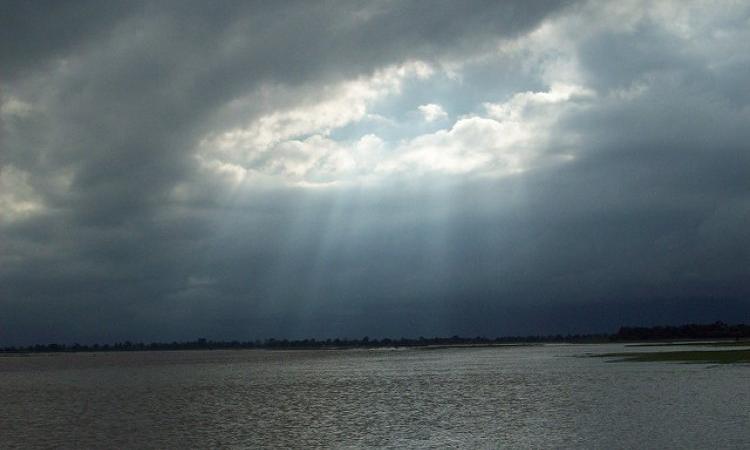
Monsoon, the season of rains, has a unique place in the heart of the people of India. This passionate burst of showers has been extensively documented, observed and studied by travellers, poets, scientists, farmers and more.
Extremely vital for agriculture and survival in India, the monsoon continues to be a mystery. But why?
Watch this short video on the monsoon to know more
The movement of the sun to the north during summer heats up the Indian landmass to create an area of low pressure that attracts moisture-laden winds from the cooler ocean to form the monsoons. The Western Ghats, the Eastern Ghats and the Himalayas offer enough highlands to make the moist winds yield rains while the Himalayas confine the monsoons within the Indian subcontinent.
A range of local and global factors interact to create the magic of the monsoons. El Nino, the abnormal warming of the Pacific Ocean can lead to rain deficit in India while La Nina, the abnormal cooling of the eastern Pacific Ocean can lead to heavy rains in India.
Changes in the temperature of the Indian Ocean can also trigger an Indian El Nino or La Nina. Studies have shown that even certain climatic events like the melting of the Arctic ice can affect the monsoons. Local factors such as land moisture, air pollution and forest cover have also been found to impact it. Global warming has added an extra layer of unpredictability to the monsoon.
There could be many more factors that impact the monsoons that are still unknown to scientists. While studies are underway to explore and understand the phenomenon better, it continues to be mysterious and alluring at the same time.
/articles/mystery-monsoon